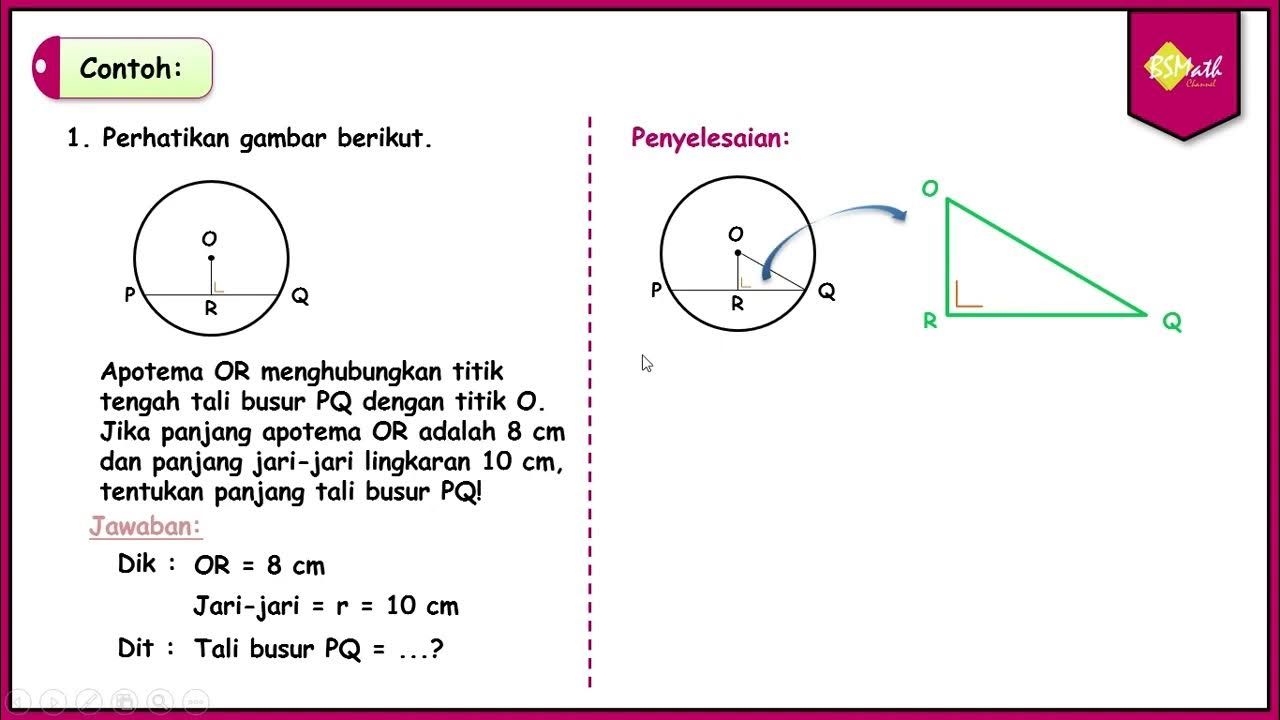ESCALAS NUMÉRICAS: Teoria e Exemplos | Matemática Básica - Aula 28
Summary
TLDRIn this educational video, the concept of scale is explored, particularly in relation to geometry, maps, and miniatures. The video discusses how scale works by showing examples of models like a 1/24 scale replica of a Dodge Viper, map distances, and even microscopic measurements. Key points include understanding small and large scales, their practical applications in maps, engineering, and design, and the use of proportional reasoning (like the rule of three) to solve scale-related problems. The video emphasizes how different scales offer varying levels of detail, making them essential in diverse real-world contexts.
Takeaways
- 😀 Numerical scales are important in geometry and are frequently tested in exams like ENEM.
- 😀 A replica model of a car, such as the Dodge Viper, can represent the original car proportionally in a smaller size.
- 😀 The first number in a scale represents the model's size, while the second number refers to the real object's size.
- 😀 Scales are represented by a fraction, like 1/24, where the first number refers to the replica, and the second number refers to the real object.
- 😀 Units in a scale are not specified; they are defined by the user (e.g., 1 cm in the replica equals 24 cm in the real object).
- 😀 Small scale maps provide fewer details (e.g., distance between São Paulo and Manaus), while large scale maps offer more detail (e.g., a map of the Rio de Janeiro metropolitan area).
- 😀 A small scale has a large denominator (e.g., 1:35 million), indicating a large real-world distance with fewer map details.
- 😀 A large scale has a small denominator (e.g., 1:350,000), indicating a smaller real-world area with more map details.
- 😀 In a microscopic scale, the first number represents the magnified size, and the second number represents the real size (e.g., 400:1).
- 😀 Using mathematical operations like cross multiplication and unit conversions is essential when working with scales to find real distances or sizes.
Q & A
What is the concept of a numerical scale in relation to models or maps?
-A numerical scale represents a ratio between two measurements: one is taken from a model, map, or replica, and the other refers to the actual real-life measurement. For example, a scale of 1/24 means 1 unit on the model corresponds to 24 units in reality.
How does the unit of measurement work in a scale?
-In a scale, no specific unit is mentioned; the unit depends on the context. For example, 1 centimeter on the model might represent 24 centimeters in reality, or 1 inch might represent 24 inches. The unit is defined based on the scale used.
What is the difference between small-scale and large-scale maps?
-Small-scale maps provide fewer details and cover larger areas, like a world map, where distances are represented in large ratios. Large-scale maps offer more detail about smaller areas, such as city maps, where the ratio is smaller and the details are more precise.
How do you calculate the real-life distance using a map's scale?
-You can use a rule of three to calculate the real-life distance. For example, if 1 centimeter on a map corresponds to 35 million centimeters in reality, then 8 centimeters on the map would correspond to 280 million centimeters in reality. Convert this into kilometers for easier understanding.
What is the purpose of using a rule of three in scale-related calculations?
-The rule of three helps solve proportions when calculating real-life measurements based on a given scale. It allows you to multiply and divide known values to determine unknown values, such as calculating the real distance between two cities using their map representation.
What does a small scale on a map represent?
-A small scale map represents a large area with fewer details. The scale ratio is large (like 1:35,000,000), meaning that a small unit of measurement on the map corresponds to a much larger unit in reality.
How do you transform the calculated distance on a map into a usable real-life unit, like kilometers?
-To convert the map distance into a real-life unit like kilometers, first, convert the result from centimeters to meters by dividing by 100. Then, divide by 1000 to convert from meters to kilometers.
Why do large-scale maps show more details compared to small-scale maps?
-Large-scale maps show more details because the ratio is smaller (for example, 1:350,000). This means that the map represents a smaller area with a higher level of detail, such as streets, buildings, and parks, as opposed to large-scale maps that represent broader areas.
How do you handle microscopic scales, like a magnification of 400 times?
-In a microscopic scale, the first number in the scale represents the magnification factor (e.g., 400:1), meaning the image is magnified 400 times. To calculate real-life dimensions from the magnified image, you multiply or divide accordingly, depending on the scale.
How do you calculate the scale of a drawing based on the dimensions of a physical object and its representation?
-To calculate the scale, divide the size of the real object by the size of the object in the drawing. For example, if the real object measures 450 millimeters and the drawing measures 1.5 millimeters, the scale would be 1:300, meaning 1 millimeter in the drawing equals 300 millimeters in reality.
Outlines

This section is available to paid users only. Please upgrade to access this part.
Upgrade NowMindmap

This section is available to paid users only. Please upgrade to access this part.
Upgrade NowKeywords

This section is available to paid users only. Please upgrade to access this part.
Upgrade NowHighlights

This section is available to paid users only. Please upgrade to access this part.
Upgrade NowTranscripts

This section is available to paid users only. Please upgrade to access this part.
Upgrade NowBrowse More Related Video
5.0 / 5 (0 votes)





